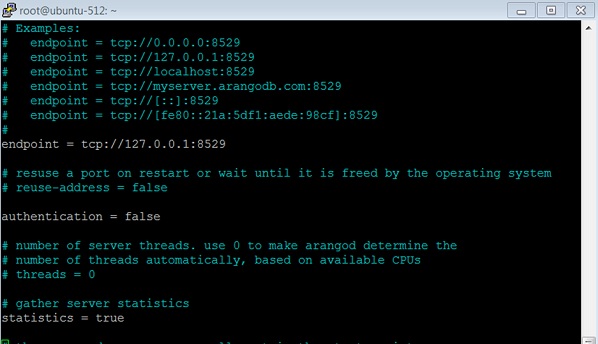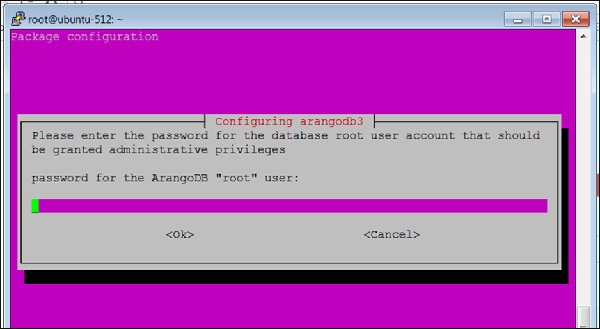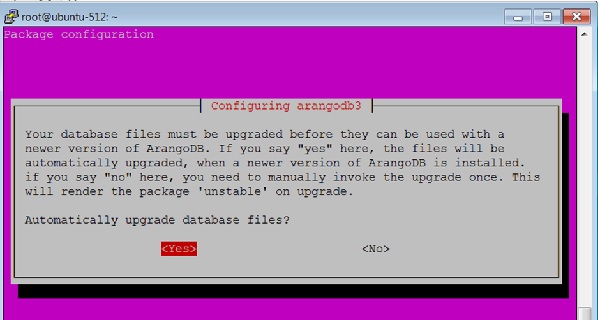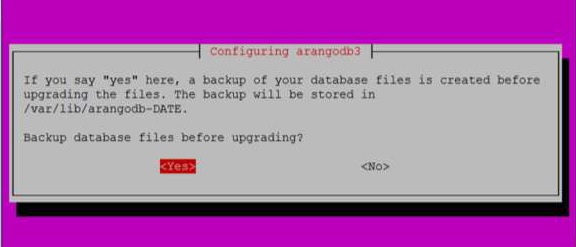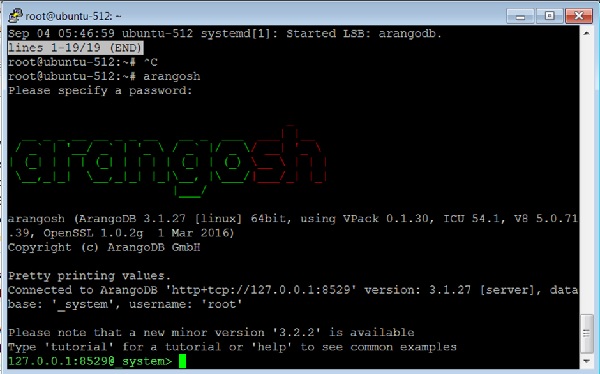Your cart is currently empty!
Category: arangodb
-
Khóa học miễn phí A Multi-Model First Database nhận dự án làm có lương
ArangoDB – A Multi-Model First Database
ArangoDB is hailed as a native multi-model database by its developers. This is unlike other NoSQL databases. In this database, the data can be stored as documents, key/value pairs or graphs. And with a single declarative query language, any or all of your data can be accessed. Moreover, different models can be combined in a single query. And, owing to its multi-model style, one can make lean applications, which will be scalable horizontally with any or all of the three data models.
Layered vs. Native Multi-Model Databases
In this section, we will highlight a crucial difference between native and layered multimodel databases.
Many database vendors call their product “multi-model,” but adding a graph layer to a key/value or document store does not qualify as native multi-model.
With ArangoDB, the same core with the same query language, one can club together different data models and features in a single query, as we have already stated in previous section. In ArangoDB, there is no “switching” between data models, and there is no shifting of data from A to B to execute queries. It leads to performance advantages to ArangoDB in comparison to the “layered” approaches.
The Need for Multimodal Database
Interpreting the [Fowler’s] basic idea leads us to realize the benefits of using a variety of appropriate data models for different parts of the persistence layer, the layer being part of the larger software architecture.
According to this, one might, for example, use a relational database to persist structured, tabular data; a document store for unstructured, object-like data; a key/value store for a hash table; and a graph database for highly linked referential data.
However, traditional implementation of this approach will lead one to use multiple databases in the same project. It can lead to some operational friction (more complicated deployment, more frequent upgrades) as well as data consistency and duplication issues.
The next challenge after unifying the data for the three data models, is to devise and implement a common query language that can allow data administrators to express a variety of queries, such as document queries, key/value lookups, graphy queries, and arbitrary combinations of these.
By graphy queries, we mean queries involving graph-theoretic considerations. In particular, these may involve the particular connectivity features coming from the edges. For example, ShortestPath, GraphTraversal, and Neighbors.
Graphs are a perfect fit as data model for relations. In many real-world cases such as social network, recommendor system, etc., a very natural data model is a graph. It captures relations and can hold label information with each edge and with each vertex. Further, JSON documents are a natural fit to store this type of vertex and edge data.
ArangoDB ─ Features
There are various notable features of ArangoDB. We will highlight the prominent features below −
- Multi-model Paradigm
- ACID Properties
- HTTP API
ArangoDB supports all popular database models. Following are a few models supported by ArangoDB −
- Document model
- Key/Value model
- Graph model
A single query language is enough to retrieve data out of the database
The four properties Atomicity, Consistency, Isolation, and Durability (ACID) describe the guarantees of database transactions. ArangoDB supports ACID-compliant transactions.
ArangoDB allows clients, such as browsers, to interact with the database with HTTP API, the API being resource-oriented and extendable with JavaScript.
Khóa học lập trình tại Toidayhoc vừa học vừa làm dự án vừa nhận lương: Khóa học lập trình nhận lương tại trung tâm Toidayhoc
Khóa học miễn phí Basic Concepts & Terminologies nhận dự án làm có lương
Basic Concepts and Terminologies
In this chapter, we will discuss the basic concepts and terminologies for ArangoDB. It is very important to have a knowhow of the underlying basic terminologies related to the technical topic we are dealing with.
The terminologies for ArangoDB are listed below −
- Document
- Collection
- Collection Identifier
- Collection Name
- Database
- Database Name
- Database Organization
From the perspective of data model, ArangoDB may be considered a document-oriented database, as the notion of a document is the mathematical idea of the latter. Document-oriented databases are one of the main categories of NoSQL databases.
The hierarchy goes like this: Documents are grouped into collections, and Collections exist inside databases
It should be obvious that Identifier and Name are two attributes for the collection and database.
Usually, two documents (vertices) stored in document collections are linked by a document (edge) stored in an edge collection. This is ArangoDB”s graph data model. It follows the mathematical concept of a directed, labeled graph, except that edges don”t just have labels, but are full-blown documents.
Having become familiar with the core terms for this database, we begin to understand ArangoDB”s graph data model. In this model, there exist two types of collections: document collections and edge collections. Edge collections store documents and also include two special attributes: first is the _from attribute, and the second is the _to attribute. These attributes are used to create edges (relations) between documents essential for graph database. Document collections are also called vertex collections in the context of graphs (see any graph theory book).
Let us now see how important databases are. They are important because collections exist inside databases. In one instance of ArangoDB, there can be one or many databases. Different databases are usually used for multi-tenant setups, as the different sets of data inside them (collections, documents, etc.) are isolated from one another. The default database _system is special, because it cannot be removed. Users are managed in this database, and their credentials are valid for all the databases of a server instance.
Khóa học lập trình tại Toidayhoc vừa học vừa làm dự án vừa nhận lương: Khóa học lập trình nhận lương tại trung tâm Toidayhoc

